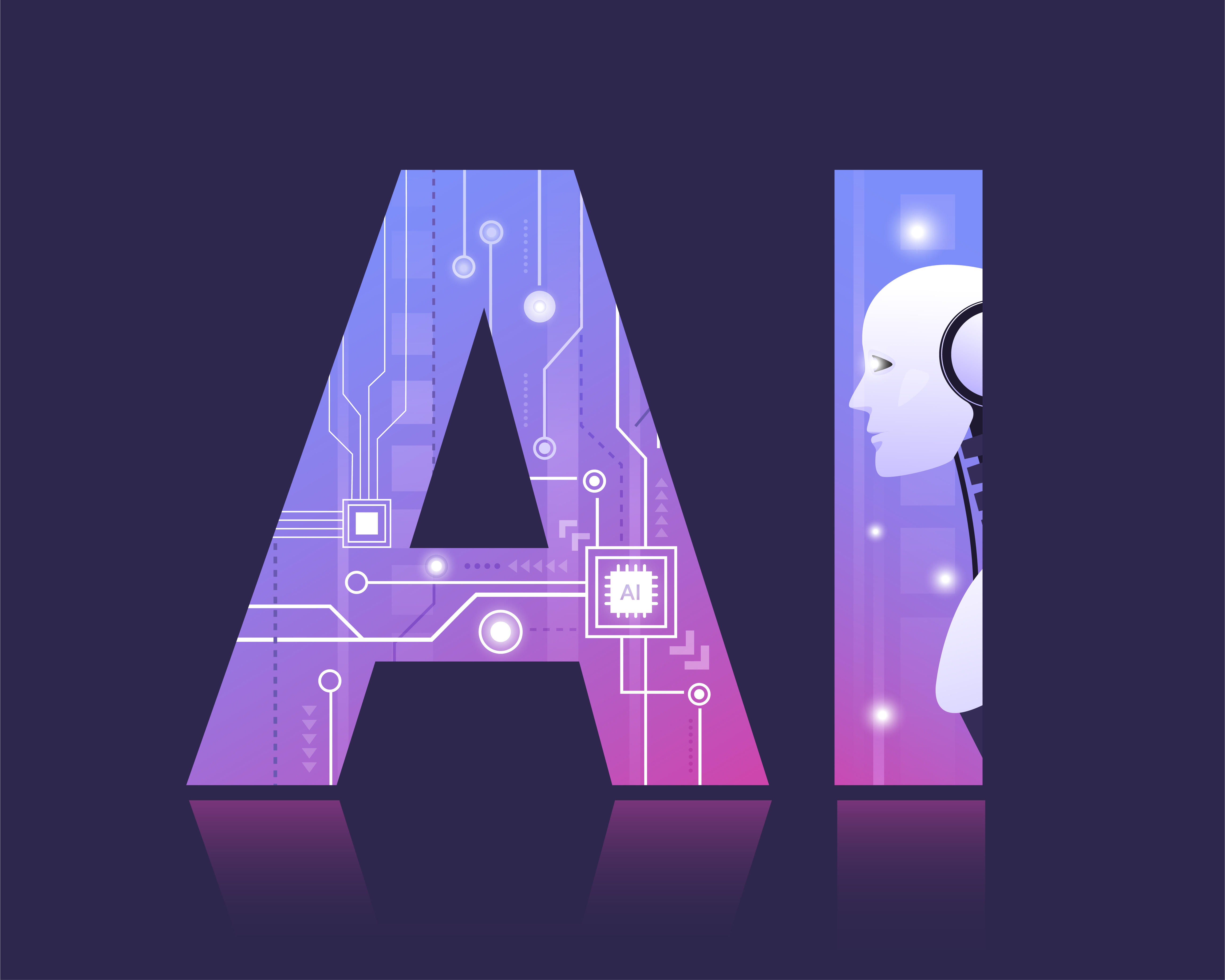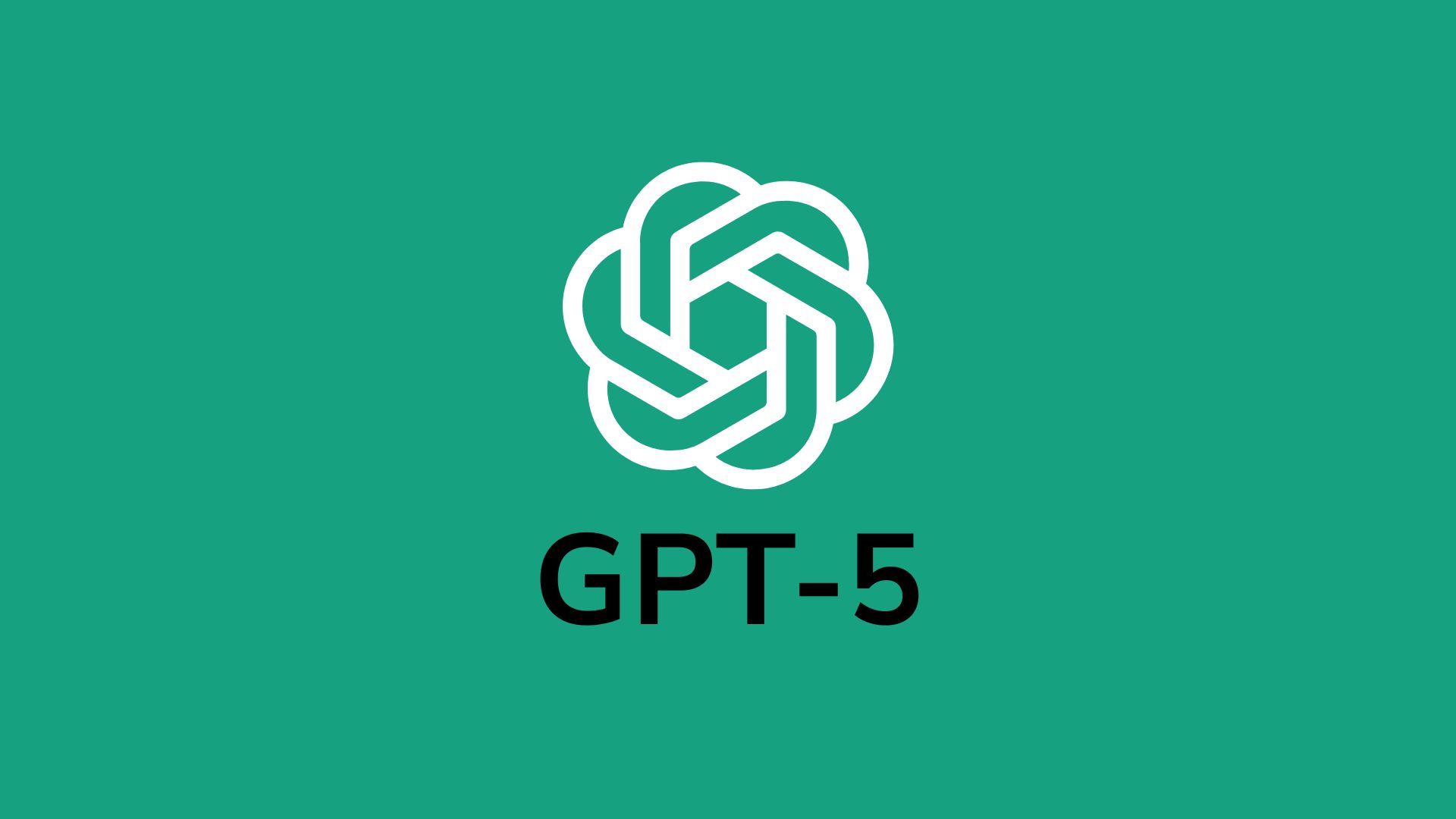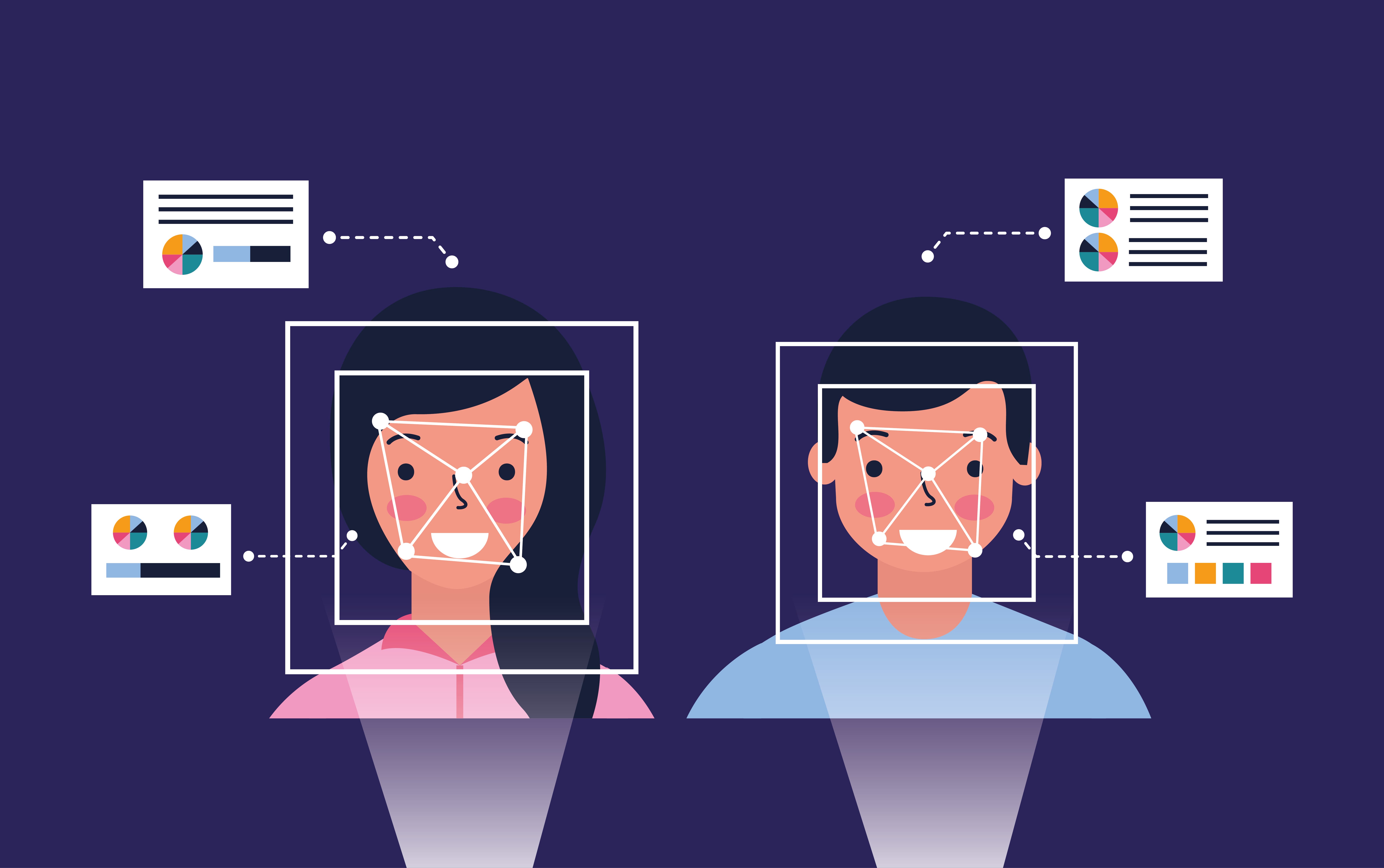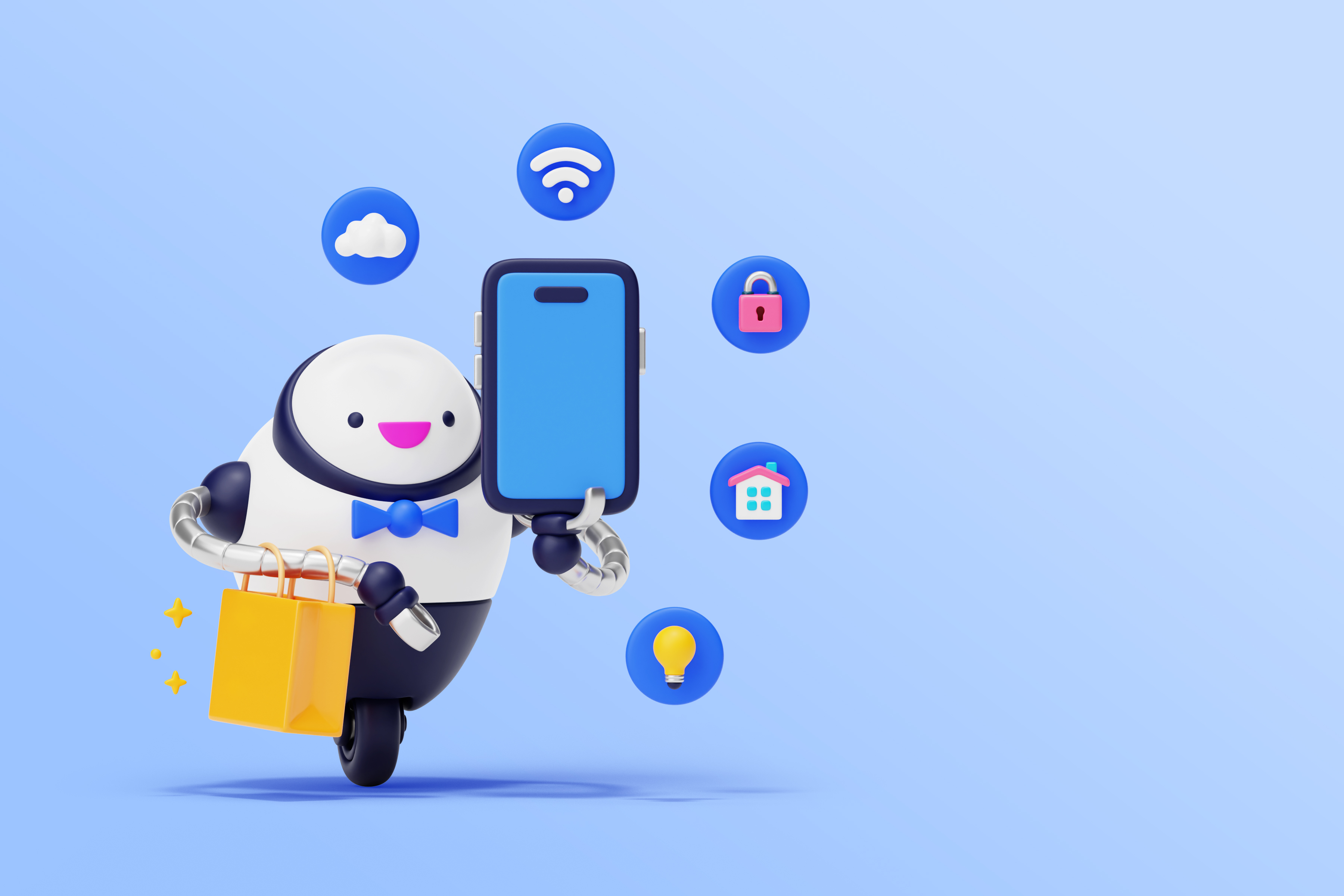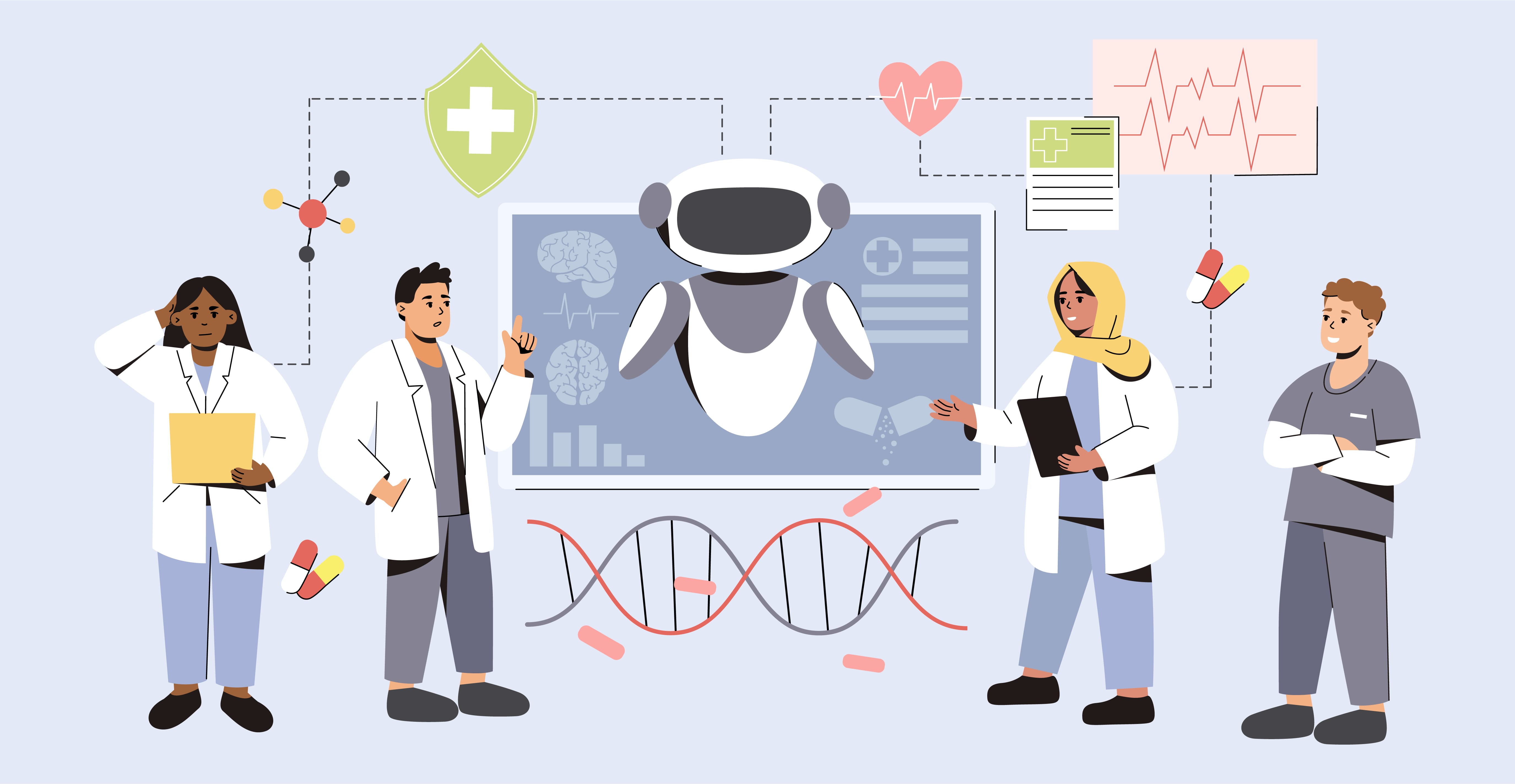A recent BBC report examines how listeners can determine whether AI-generated music AI actually from an artist or a song they love. With AI-generated music rising sharply on streaming platforms, specialists say fans may increasingly struggle to distinguish human artists from synthetic ones.
One early indicator is the absence of a tangible presence in the real world. The Velvet Sundown, a band that went viral last summer, had no live performances, few social media traces and unusually polished images, leading many to suspect they were AI-made.
They later described themselves as a synthetic project guided by humans but built with AI tools, leaving some fans feeling misled.
Experts interviewed by the BBC note that AI music often feels formulaic. Melodies may lack emotional tension or storytelling. Vocals can seem breathless or overly smooth, with slurred consonants or strange harmonies appearing in the background.
Lyrics tend to follow strict grammatical rules, unlike the ambiguous or poetic phrasing found in memorable human writing. Productivity can also be a giveaway: releasing several near-identical albums at once is a pattern seen in AI-generated acts.
Musicians such as Imogen Heap are experimenting with AI in clearer ways. Heap has built an AI voice model, ai.Mogen, who appears as a credited collaborator on her recent work. She argues that transparency is essential and compares metadata for AI usage to ingredients on food labels.
Industry shifts are underway: Deezer now tags some AI-generated tracks, and Spotify plans a metadata system that lets artists declare how AI contributed to a song.
The debate ultimately turns on whether listeners deserve complete transparency. If a track resonates emotionally, the origins may not matter. Many artists who protest against AI training on their music believe that fans deserve to make informed choices as synthetic music becomes more prevalent.
Would you like to learn more about AI, tech and digital diplomacy? If so, ask our Diplo chatbot!



